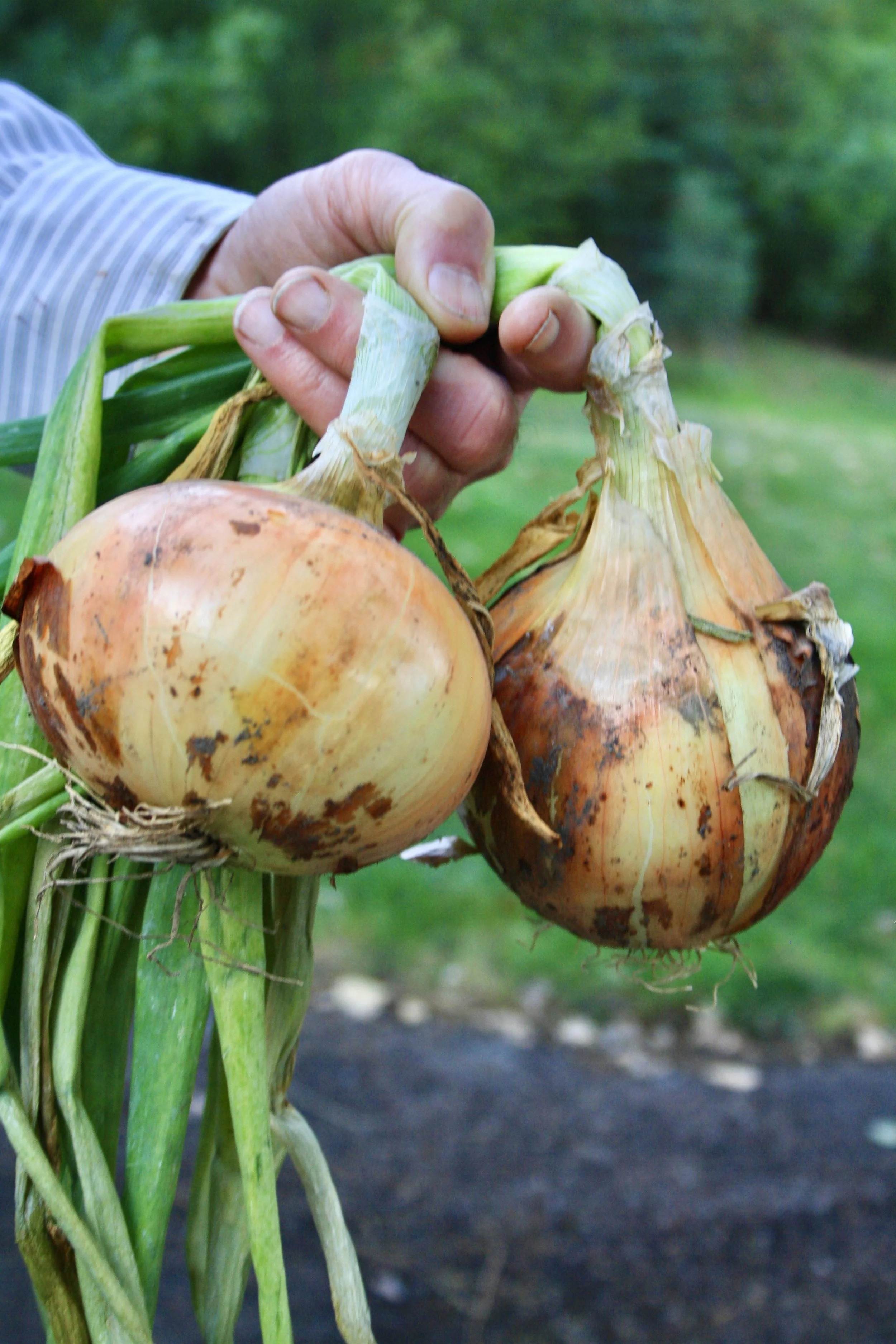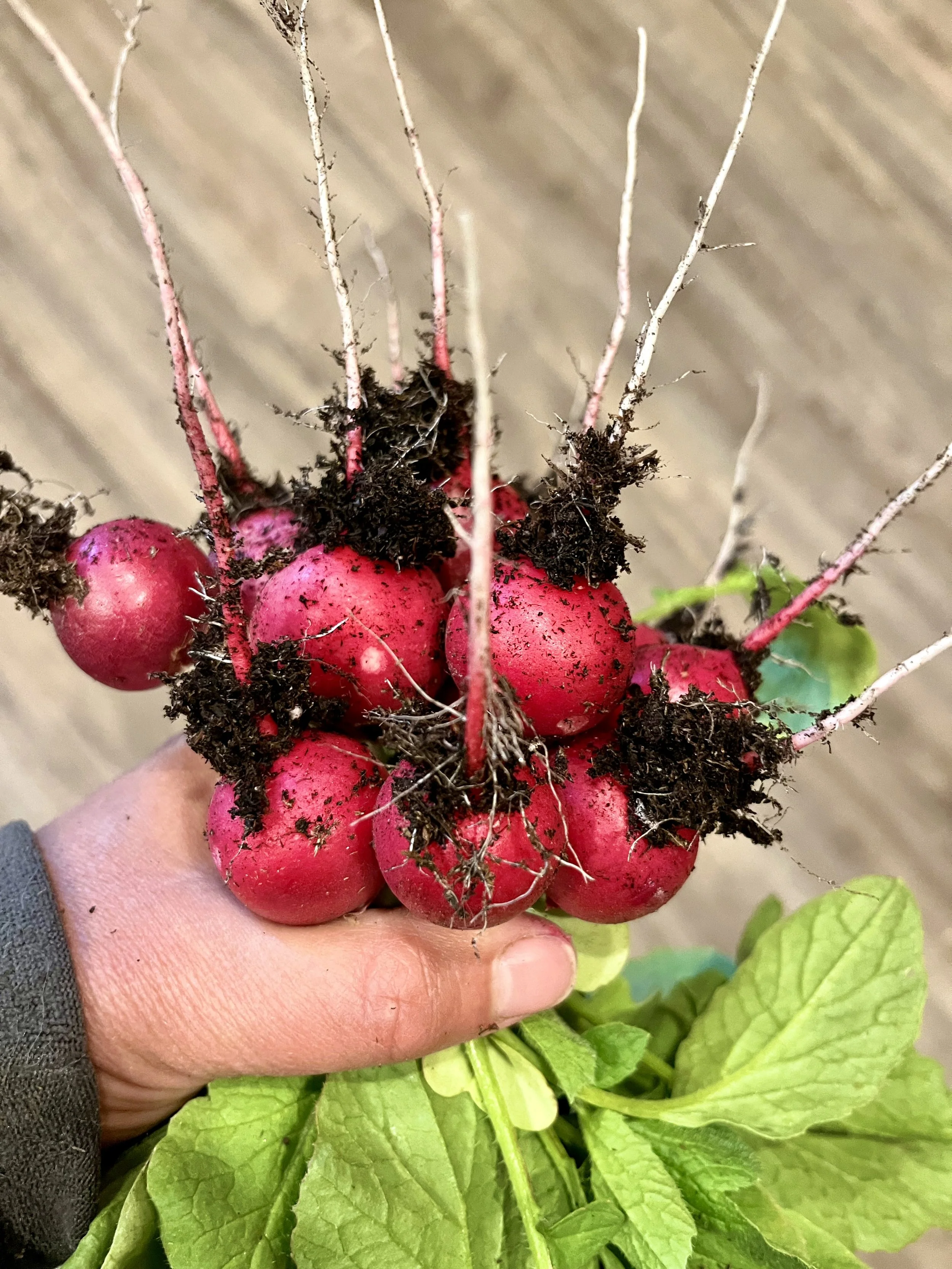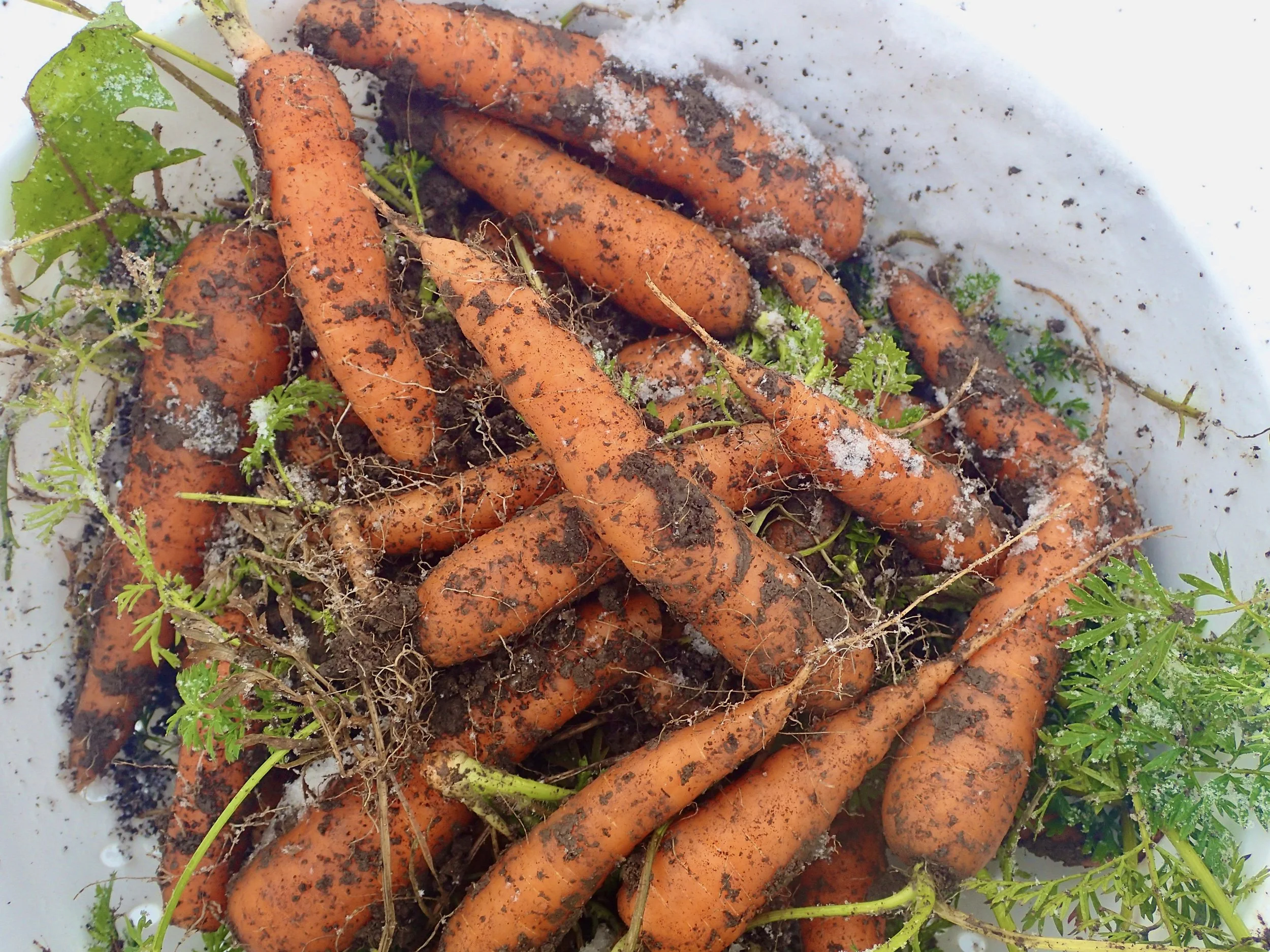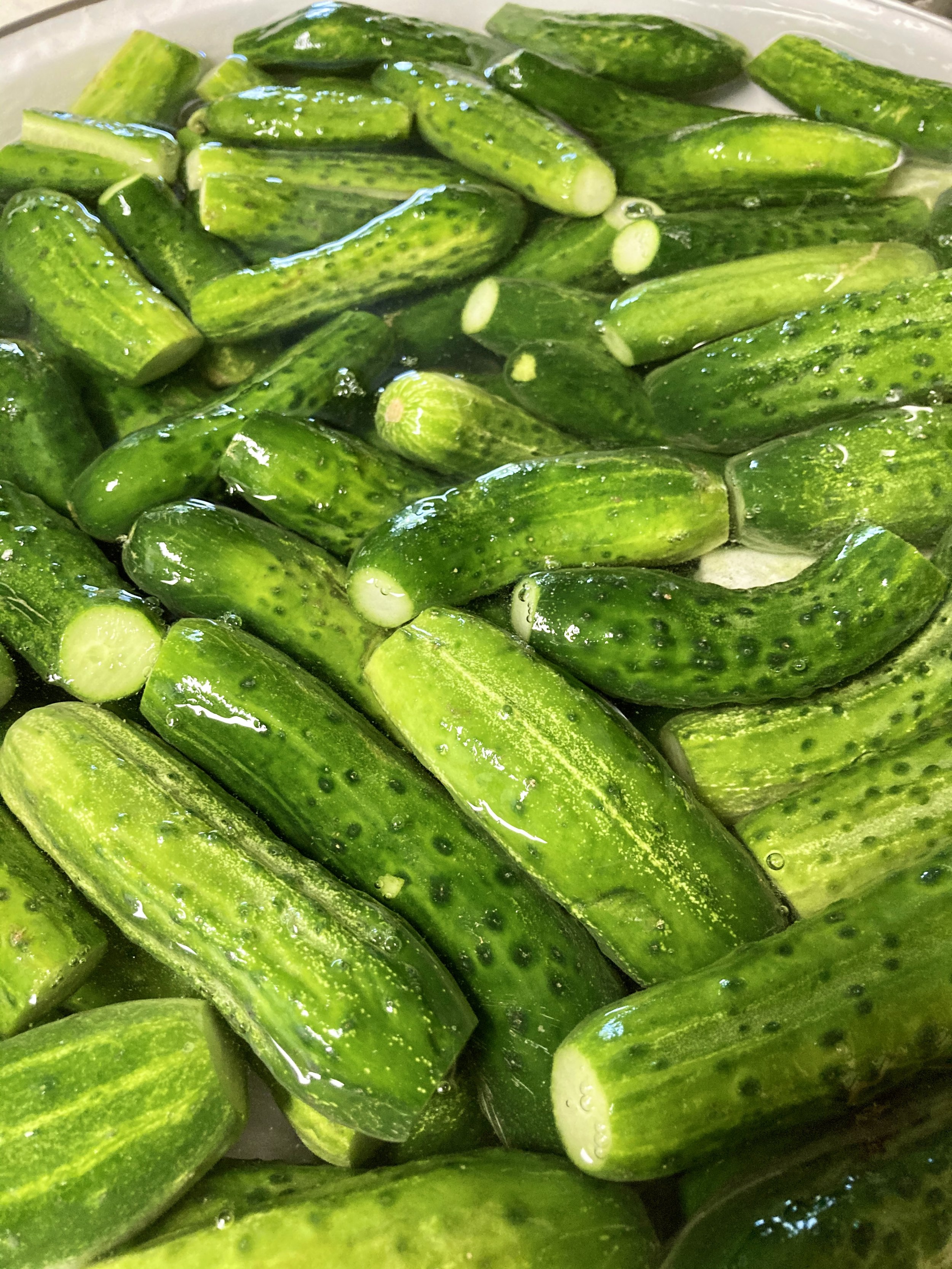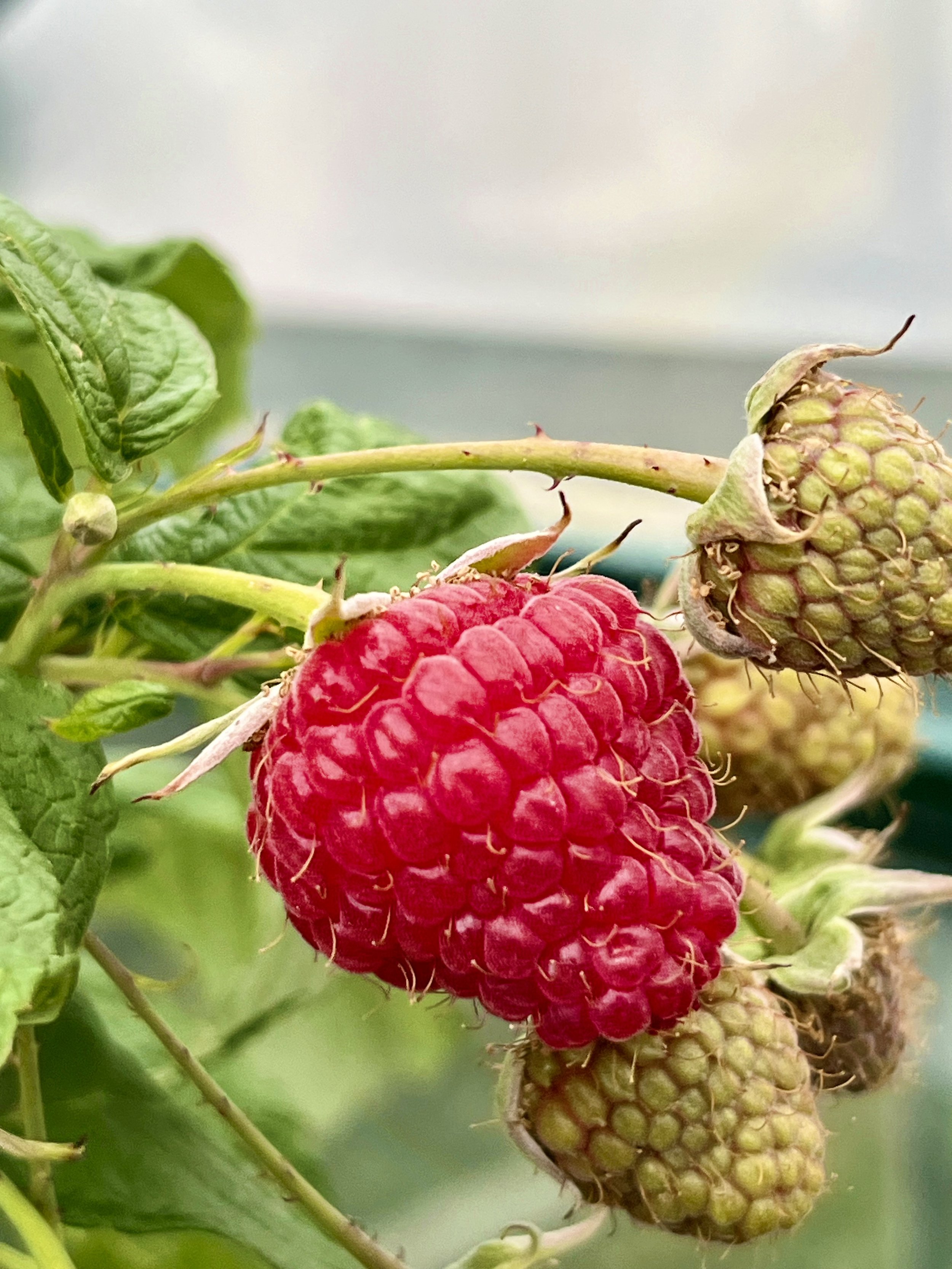Plotting & Planning
Get Ready to Garden
Across Montana
Written & Photographed by Amy Grisak
This time of year, with seed catalogs stacked high, a gardener may feel like a kid in the candy shop anticipating the upcoming season. It’s an opportune time to set gardening goals.
After experiencing supply chain issues, when consumers were unable to obtain their choice produce at the store, many took to growing their own. To do so, it’s important to first consider space.
On average, 800 square feet is required to feed a family of four, but that doesn’t mean a 20 x 40 plot is the only option. With a little creativity and planning, it’s possible to tighten up the space with more intensive planting styles and make the most of the short growing season.
Before plotting out the garden, first determine which plants are most desired and only grow what’s regularly on the menu. This is particularly important when aiming to grow enough to store for winter.
Another consideration is growing high value crops when limited on space. Tomatoes, cucumbers, and specialty peppers are more expensive, particularly in bulk amounts for canning or freezing. Likewise some fruits, such as raspberries, produce abundantly during the summer season, yet sell for the same price per pound as a premium steak in the winter. Such plants certainly earn their garden space.
A favorite perk of gardening is always the fresh vegetables, which is a consideration when choosing which varieties to grow. The trick becomes finding a balance of eating the fresh vegetables and having enough to store for winter.
While the general rule of thumb is 200-square feet of garden per person to provide enough vegetables for a year, utilizing each season can expand vegetable options along with the overall harvest.
Planning to plant some crops in the early spring, harvest, and replant another variety by early summer can maximize productivity. To manage space effectively, options which germinate in cool soil and mature in 60 days or fewer can free up space for summer crops. Perfect candidates include lettuce, spinach, radishes, peas, and pak choi – all of which thrive in cooler temperatures.
Incorporating early season techniques such as warming the soil with clear plastic stretched over the planting area for a week ahead of time, or using raised beds or containers can prolong the season as well. Once the seeds are planted, place a floating row cover over the area to maintain the soil temperature and protect young seedlings.
As soon as early crops are spent, pull them and plant summer vegetables. For example, if spinach is planted in mid-April, which is possible in northern gardens depending on the season’s weather, it’s often bolting by the end of May or the first part of June, which is perfect timing to plant beans, squash or tomato and pepper plants.
When it comes to summer varieties such as tomatoes, peppers, eggplant or squash, another excellent tool is Wall-O-Waters. As soon as the soil is warmed enough to not shock the young plants, these ingenious water teepees will protect them regardless of the weather. Even a late May snow burying the 18-inch-tall device won’t harm the plant, and they can remain in place through summer. The Wall-O-Water offers additional warmth and protects the base of the plants from wind and deer damage as well.
After taking advantage of the early season, don’t disregard the autumn. Often referred to as the “lazy gardener’s season,” fall crops are easier because there is less weed pressure, pests are on the decline, and heat has faded. The main caveat is planting in time to utilize the diminishing daylight.
Whether planting seeds or transplants, note the days to maturity of the vegetable, then count backwards from the first anticipated frost date. Be sure to add another week or two to the calculation to accommodate the waning sunshine. It’s possible to harvest spinach, lettuce, beets, carrots, cabbage and several other vegetables close to Thanksgiving if they are properly protected.
Physical planting plans play a role in making the most of the garden as well. Leaving 30 inches between single rows for a rototiller is wasteful when double rows could be planted while still maintaining a tiller path, for example. In those large spaces when tilling is not an option, narrower pathways can be covered with materials to reduce weeds like newspaper, carboard, or straw.
If topsoil is lacking, consider raised beds which warm up earlier in the season and can be intensively planted. Granted, it requires many raised beds to equate the required 800 square feet for a family of four, but it’s possible.
Another space saving technique is vertical gardening. Sprawling squash or cucumber plants cover valuable growing space, so it’s beneficial to train these varieties, along with pole beans and peas, along a fence or trellis opening up ground space to other vegetables. When installing a trellis ensure it won’t shade the garden – the north end is the best location for vertical gardening.
Spend these cold winter days, planning a garden which can provide produce for the entire family. Not only can this decrease the grocery bill, but it comes with a satisfaction the store can’t provide.


